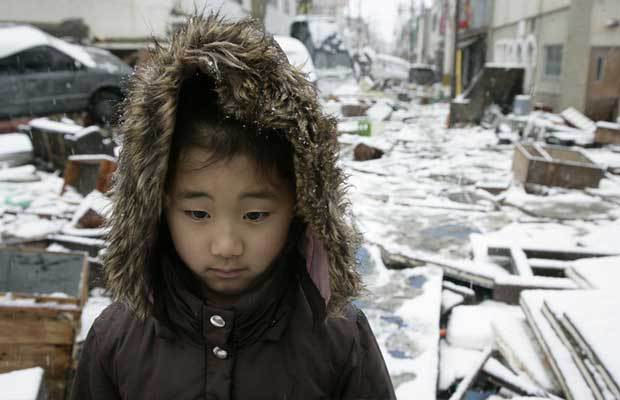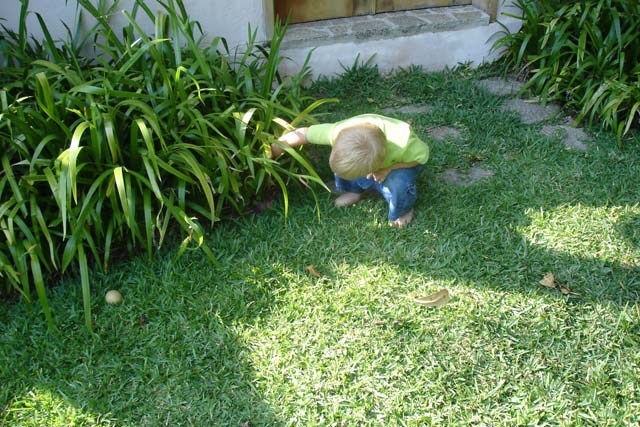
Unwanted as they may be, emergencies do occur and they are never planned. Amid the chaos that reigns during a natural, technological and even human-caused disaster, there’s a high chance that families become separated. While adults may deal with such a situation easily, children will surely have problems adjusting to the unique challenges that finding your loved ones may present. Here are some helpful tips for preparing your children for family separation in the case of emergencies and disasters.
There is a multitude of situations when children may become separated from you, their siblings, their teachers or their caregivers. But first, what should you teach your children about disasters?
Preparing Your Children for Disaster Situations
There’s a delicate balance that you must strike between telling your children enough to keep them safe but not so much as to alarm them. Ideally, you should have several such conversations with your kids and begin by describing disasters as occurrences that may cause damage or hurt people. Start by telling them that even smaller events, such as storms or power outages, may have grave effects if families are not prepared.
Also, calmly speak to them about the things that happen during a disaster, for instance, phone lines not working and electricity outages. That’s why they should always have certain items on hand and know where to seek help: firemen, policemen, paramedics and other emergency officials are there to help and your child should feel safe enough to approach them.
Create a Family Disaster Preparedness Plan
It’s paramount that all members of your family know what to do in the case of an emergency. The Red Cross and FEMA recommendations suggest that all household members take part in the discussions. Make sure that all members understand when emergencies occur, the different types of emergencies as well as how each member responds in such a situation.
Choose rendezvous points that anyone can reach: right outside your home in the case of a fire or a specific place in the neighborhood if you must evacuate as well as an out-of-area location if you’re not together. Remember that it may be easier to call long-distance in the case that local phone lines are overloaded, so make sure that every member of the family calls in with your out-of-town contact to let everyone know they’re safe.
Make sure to discuss everything in detail, including evacuation routes, final destination (be that a hotel/motel, a friend’s house or an out-of-town relative) and contingency plans. Having an emergency preparedness kit is the whole family’s responsibility, so make sure to plan what your kit should contain and periodically check that everything contained therein has not exceeded its expiration date.
Having Self-reliant Children Even When Separated
A familiar situation is a situation that your child will better deal with. So practice, plan ahead and keep your children informed. There are some things that your children should carry with them at all time or should know the whereabouts of:
1. An emergency ID card
Ask yourself the following question: in the event of an emergency, if you are separated from you child, do they have an item that would tell a rescuer who your child is, whether or not they have any food or drug allergies and other relevant information? If no, consider preparing an emergency ID card or bracelet. Of course, you’ll think that most children undergoing treatment for specific medical conditions already wear medical alert bracelets. But there’s other valuable information such as their names, address, home phone number, parents’ names, emergency contact information, as well as distinctive features.
2.Emergency contact information and useful phone numbers
It’s safe to assume that children will be frightened during emergency situations. That means that the likelihood that they won’t remember their parent’s phone number is also high. Make sure that your child always carries a list of emergency contact information such as parents’ names, telephone numbers, out-of-town emergency contact information, social security number, home address as well as the names and contact information of nearby relatives to call if no one is reachable.
3. Cellphone with power cord and extra battery
Nowadays, even five-year-olds own smartphones, so you’d only be packing an extra battery and the power chord. However, it’s strongly advisable to include a second, old-generation phone in your kid’s emergency school bag: their batteries last a lifetime and you can save important phone numbers in the phone’s memory in advance.
4. The whereabouts of their emergency stash
Many preparedness-savvy parents have packed an emergency kit or backpack for their children and it is stored in their locker. Make sure that your child knows where that particular emergency stash is located and how to get to it.
5. The whereabouts of your caches
I know many families who have also stashed, hidden or buried small caches of essential survival items along specific routes, including their children’s travel route to and from school. Explain to your child where those caches are hidden and make sure that they understand that the items are to be used in emergency situations only. Granted, it may seem extreme, but you never know whether such a preparedness item cache won’t offer your child the supplies they need.
6. Have a family password
Picture the following situation: a stranger walks up to your child and tells them that mommy or daddy asked them to pick them up from school and take them home. Your children should be well prepared for such situations: have a family password that only family members know. In the case of an emergency, make sure that the person taking care of your children knows that password.
7. Teach them the way home

Teach your child how to get home.
Take the time to teach your child their way home: you can either print a simplified map of the area and walk together to and from school for several consecutive days to make sure they’ve memorized the route. It’s a good idea to also provide alternative routes. Either way, this strategy serves a double purpose: you’ll know they have multiple options for coming home and where to start searching for them.
8. Know how and when to dial 9-1-1
Your children should also know when to dial 9-1-1. It may save their lives, the lives of others or even your life in the case of an emergency. But this requires you to explain what 9-1-1 is and when they should call there. Also, make it clear to them that they should first be safe before dialing 9-1-1: in the case of a fire, for instance, they should first leave the house and then call 9-1-1. Teach them what to say, what information to include and practice different scenarios so as to reduce anxiety in the case of a real emergency.
Remember that children depend on a daily routine, so when that routine is interrupted, they may become anxious. Take your child’s fears into consideration when planning for emergencies and play games so as to overcome them.






















